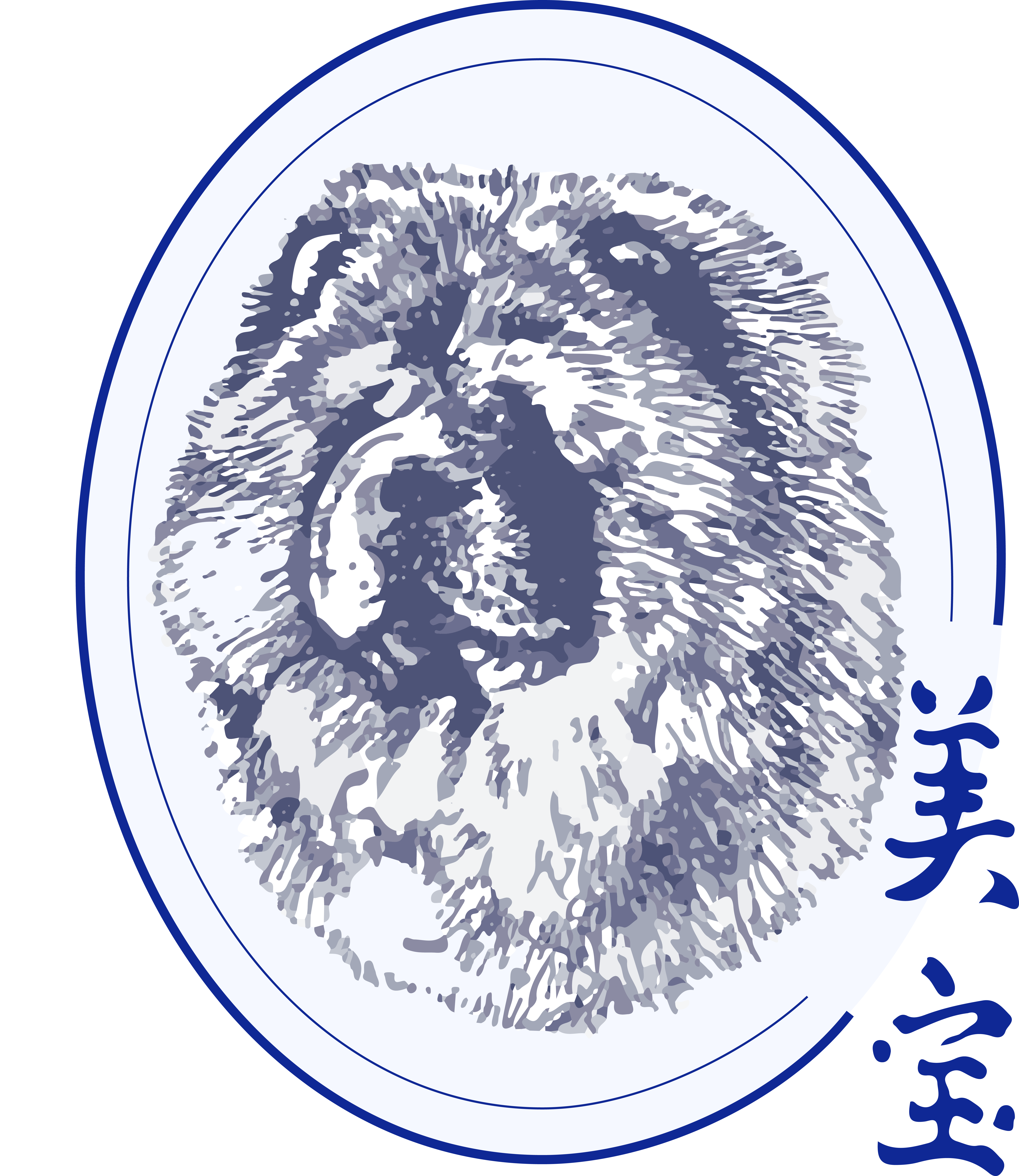25 Oct How do you establish a bloodline?
Reprinted from: Dogs in Canada

How do you establish a bloodline?
Whelping your first litter of puppies and anointing each squirming baby with your newly minted kennel name is an undeniable rite of passage in the world of dogs… and, for many, it’s thrill enough. Yet for others, there lies a greater challenge: to eventually create a family of dogs consistent in quality and breed type from generation to generation.
But how to achieve it? For answers and guidance, we went to five dedicated Canadian breeders whose success is a matter of international record. Collectively, they represent close to 200 years of breeding experience, with several hundred champions, obedience titlists and top producers to their credit.

Paul Odenkirchen
Mi-Pao Chow Chows
It is not uncommon for dog fanciers to have a rather fuzzy or inexact understanding of some of the most commonly used terms and breeding principles. It might, therefore, be wise to start by articulating some of them more precisely.
It is essential that in order to achieve a modicum of success in any endeavour, we are able to reduce complex issues to a few definitive principles that should be both simple and practical.
First off, we have to realize that no one is able to excel in every field, be it breeding, handling, judging, obedience, flyball, etc. We therefore have to clearly establish our priorities according to what is most important to us and, also, how they differ from each other. For instance, there is a fundamental difference between breeding and showing. Whereas the most successful handlers are, and should be, mainly concerned with the present, the priorities of the true breeder tend to lie more in the past and the future, with the present merely serving as the connection between the two. In its purest form, showing or handling prioritizes either income, fame or fortune. A good dog is essential, but his pedigree or prepotency are of less sinificance, as they, by themselves, do not win shows.
The true breeder, on the other hand, is in it for the long haul, and is mainly interested in the gradual development of a distinct bloodline that, in time, hopefully leads to a consistency of type approaching his interpretation of the ideal. To him, a dog show serves only as a progress report, comparing his stock with those of his peers.
Unfortunately, the term “breeder” is quite ambiguous; it is merely a generic characterization of a person, unprotected by trademark registration, who produces livestock. No kennel club to date has ever made an attempt toward trade name protection and we should, therefore, perhaps try to more precisely define the term.
We could postulate it to refer to a person who, over a number of years, has demonstrated a clear vision of the essence of his breed and has successfully developed a bloodline that is recognized by his peers to be a distinct and consistent variety within the variety, or breed.
The term “purebred” is, again, a bit of a euphemism, since every pure breed originated through selection from mongrel or mixed-breed specimens. To create a new breed from presently established ones, we would have to breed through at least 10 generations to obtain offspring that would reproduce their parents in all things. Even then, throwbacks would occur frequently and for a long time.
The term “bloodline” denotes a hereditary relationship of all dogs that have all or most of the same common ancestors. A single common ancestor doesn’t make a bloodline, as a single stud used once a week for seven years may become the ancestor of some 162,000 dogs after 20 years. The blood relationship weakens exponentially with each generation. Establishing a bloodline requires linebreeding, which is a form of inbreeding at a distance. It denotes the mating of a male and female with at least one common ancestor, not further back than four generations.
To establish a consistent and distinct variety within the variety, we have to practise both inbreeding and close linebreeding. The two most fundamental requirements to achieve this are inbreeding and the subsequent selection of the best females, rather than males.
Inbreeding narrows the possible variety of transmittable characteristics without variation in the qualities. It never creates anything but only preserves both the good and bad traits, and brings them out in the open. It will bring out the defects that were hidden in the bloodline, which is a blessing rather than a misfortune, as it enables us to select our future breeding stock more intelligently. Unsound specimens should not be used for breeding stock, while defects can be bred out by a cross to a strain from the original ancestors a number of generations back. Do give it some thought.
Paul Odenkirchen and his wife Minnie founded their Mi-Pao Kennels in 1957. It still consists of some 40 Chows and is the oldest active Chow kennel in Canada. They never kept track of the number of champions he owner-handled (over 100) or their group or BPIS wins. He has handled 12 of their dogs to one or more Best in Show wins, but as an all-breed judge he no longer actively campaigns any of their Chows.


